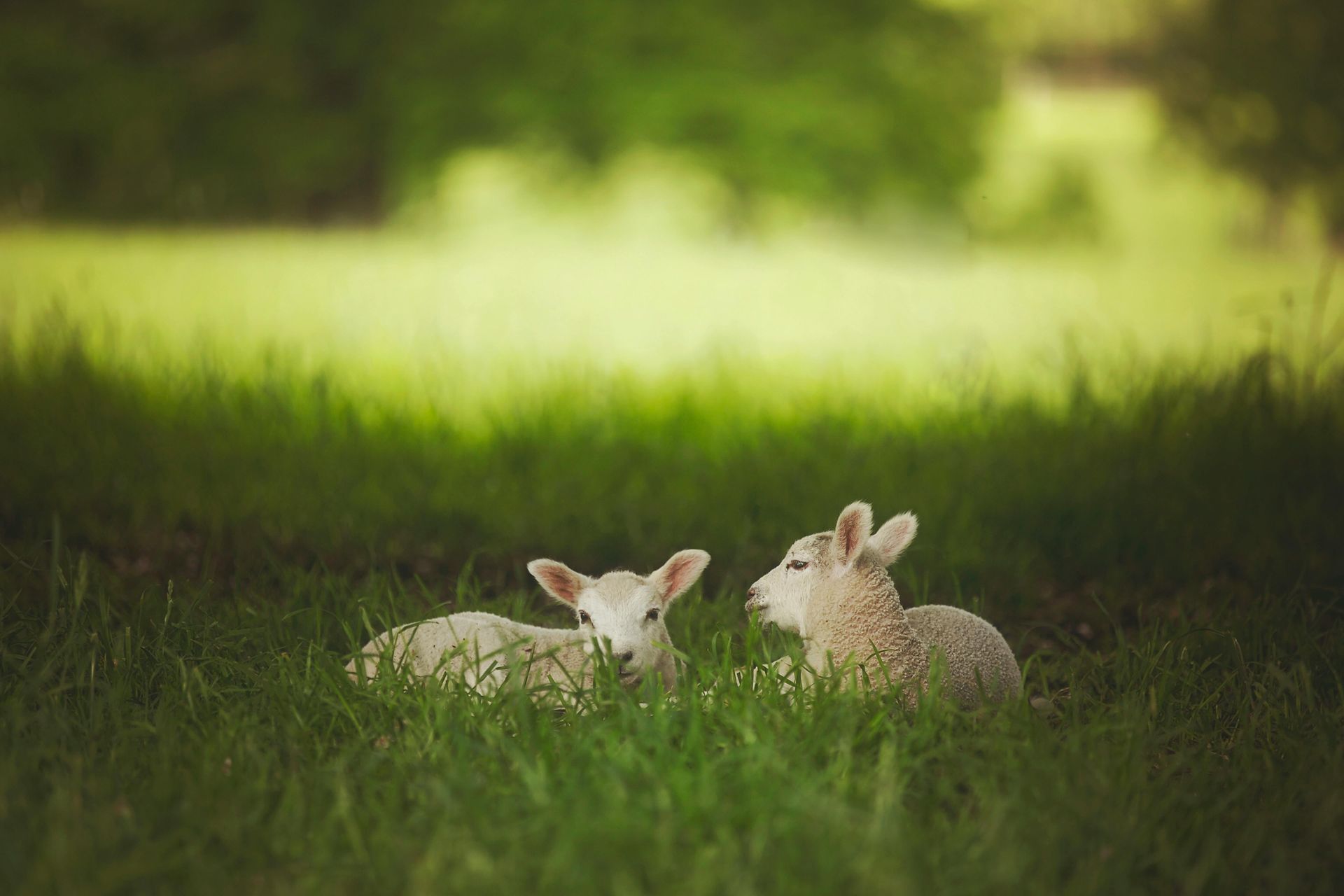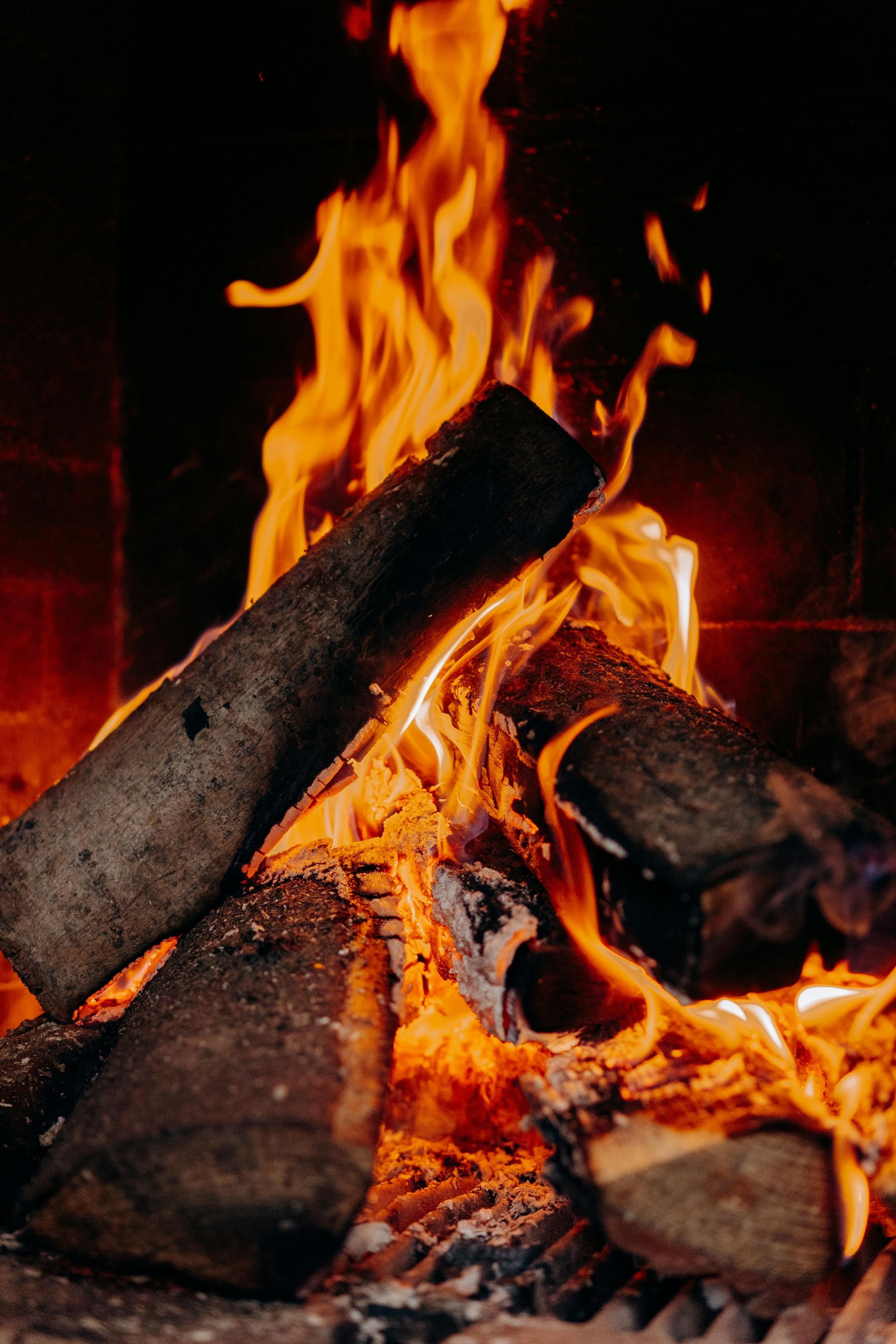February 10th | Leviticus 16
From Scapegoat to Savior

The Most Important Day: Understanding the Day of Atonement
Leviticus 16 describes the Day of Atonement. This was the most important day of all the ordinances given because on that day, atonement was given to the entire nation of Israel for their sinfulness as well as cleansing the sanctuary from the pollutions introduced into it by unclean worshippers.
The Lord spoke to Moses after the death of the two sons of Aaron (Nadab and Abihu), when they offered before the Lord “strange fire” before the Lord—strange because it did not adhere the His specifications or commandments. As a result, fire came out from the presence of the Lord and consumed them both (Leviticus 10:1-2).
The Role of the High Priest: Entering the Holy of Holies
God spoke to Moses and gave Aaron specific instructions about coming into the Holy of Holies only when God allowed and gave specific instructions about the sacrificial offerings. Aaron was not to come into the most Holy place, the Holy of Holies, whenever he chose to come in because the presence of God would dwell on the mercy seat and Aaron would die if he decided one day to walk in the Holy of Holies. So, there were clear limitations when Aaron could come into the Holy of Holies, as he was about to find out when.
Not only was Aaron told when he could come into the Holy of Holies, but he was told specifically what to offer: A young bullock for a sin offering and a ram for a burnt offering.
Aaron was making an atonement not only for his own sins, the sin of his household but also for the people of Israel.
During the Day of Atonement, no one was excluded from a sacrifice, neither priest nor common man.
From Leviticus 16 we discover one of the most powerful pictures for the atonement of our sin.
Jesus, Our Perfect Sacrifice: The Fulfillment of Atonement
Aaron would take two goats and present them before the Lord at the door of the tabernacle of the congregation. Aaron would then cast lots upon the two goats: one for the Lord, the other for the scapegoat. Aaron would bring the goat upon which the Lord’s lot fell and offer it for a sin offering.
But the goat, on which the lot fell to be the scapegoat, shall be presented before the Lord. Blood from a previous sacrifice would be sprinkled upon the scapegoat’s head 7 times. The sins of the people would be confessed over that goat. Then Aaron would lay both hands upon the head of the live goat and confess over him all the iniquities of the children of Israel and then the goat would be led away into the wilderness and then released to wander and never return. This symbolic way of dealing with sins became an annual event.
With the coming of Jesus, His death, burial and resurrection, the need for that event was ended.
The writer of the Book of Hebrews tells us that Christ ended this sacrificial system once and for all.
Hebrews 10:1-10 - 1 The law is only a shadow of the good things that are coming—not the realities themselves. For this reason, it can never, by the same sacrifices repeated endlessly year after year, make perfect those who draw near to worship. 2 Otherwise, would they not have stopped being offered? For the worshipers would have been cleansed once for all and would no longer have felt guilty for their sins. 3 But those sacrifices are an annual reminder of sins. 4 It is impossible for the blood of bulls and goats to take away sins. 5 Therefore, when Christ came into the world, he said: “Sacrifice and offering you did not desire, but a body you prepared for me; 6 with burnt offerings and sin offerings you were not pleased. 7 Then I said, ‘Here I am—it is written about me in the scroll — I have come to do your will, my God.’” 8 First he said, “Sacrifices and offerings, burnt offerings and sin offerings you did not desire, nor were you pleased with them”—though they were offered in accordance with the law. 9 Then he said, “Here I am, I have come to do your will.” He sets aside the first to establish the second. 10 And by that will, we have been made holy through the sacrifice of the body of Jesus Christ once for all.









